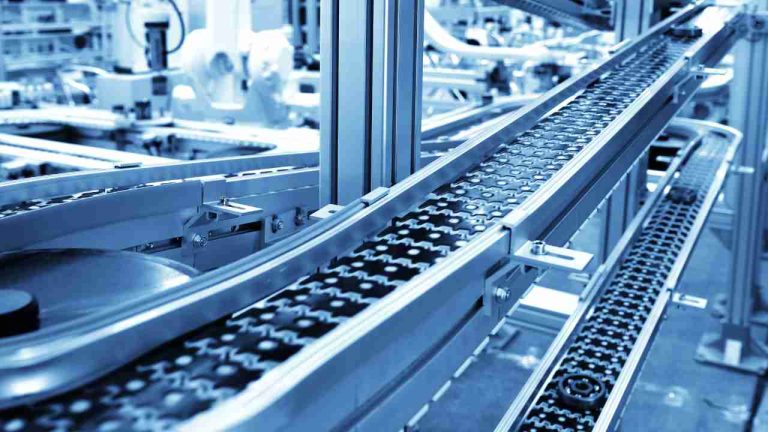Installing a heat pump plays a role in enhancing your home’s energy efficiency. However, for homeowners, the process might appear daunting. Heat pumps are systems that necessitate professional installation to ensure performance and durability. Whether you’re contemplating installing a heat pump or replacing an existing one, comprehending the installation steps and components is pivotal for achieving results. Numerous factors demand consideration when embarking on a heat pump installation project. Here, we’ll delve into the intricacies and the benefits of a heat pump installation equipping you with the knowledge and insights required to make informed decisions about your home’s heating and cooling system.
Assessment and Planning
A skilled technician will thoroughly evaluate your residence to gather insights during this process. Various factors, like the size of your home, insulation quality, current heating system, and local climate, will be carefully considered to ascertain the viability of a heat pump solution. Drawing from this evaluation, the technician will craft an installation plan tailored to your needs ensuring optimal efficiency and minimal disruption to your home. By embarking on an executed assessment and planning journey, you can create an environment that offers supreme comfort and yields substantial long-term energy savings.
Equipment Selection
This crucial aspect revolves around selecting the optimal heat pump system that caters to your property needs. Your technician will carefully evaluate factors, including the property size, energy efficiency rating, and the type of heat pump, whether it is an air source, ground source, or water source system. Based on these considerations, they will recommend a suitable heat pump system for your requirements. Their expertise will give you peace of mind knowing that you have chosen the heat pump for your property.
Site Preparation
This important step includes preparing the area, making modifications, and ensuring airflow and maintenance access. Preparing the site may involve clearing any obstructions, like vegetation or structures, and setting up a barrier around the designated zone. It is crucial to have ventilation to optimize the performance of your heat pump. Additionally, ensuring access for maintenance will contribute to your heat pump’s long-term durability. By preparing the site, your heat pump will be primed to provide year-round comfort.
Ductwork or Distribution System
Your installers will inspect your current ductwork and make any necessary repairs or modifications to ensure suitability for the new system. However, in cases where ducted systems are not feasible or desired, they may recommend alternatives such as ductless mini-split systems. Don’t worry; they will guide you through these options and find the solution that works best for your specific needs.
Installation of Outdoor and Indoor Units
Installation of the outdoor unit of a heat pump involves mounting it on a solid concrete pad or wall. The compressor and heat exchanger are securely fastened and connected to the indoor unit, which is placed in a suitable location inside the home. The indoor unit includes the air handler or evaporator coil, responsible for moving air throughout the system. Proper installation ensures optimal performance and energy efficiency.
Refrigerant and Electrical Connections
The refrigerant lines serve as the connection between the outdoor units. They are carefully insulated to minimize any heat loss or gain. Additionally, proper electrical connections are established to power the system. It’s crucial to highlight that adding a charge is necessary for the system to function at its best. Without this charge, the unit would not operate efficiently. It’s essential to emphasize that only licensed electricians should handle connections to prioritize safety.
Thermostat and Controls
These systems regulate temperature settings, fan speed, and operational modes such as heating, cooling, or ventilation. Expert installation and programming ensure maximum efficiency and energy savings. With advanced features such as Smart Thermostats, it’s now easier to customize comfort settings, monitor energy usage, and remotely control your heat pump from anywhere.
Testing and Commissioning
During this crucial stage, the installer thoroughly examines the entire system, including airflow, refrigerant levels, temperature differentials, and overall performance. The installer makes necessary adjustments or fine-tuning to ensure the system functions accurately. This ensures the heat pump functions well, is energy-efficient, and provides optimal comfort. Proper testing and commissioning prevent future breakdowns and extend the system’s lifespan.
User Education
User Education involves providing the user with a comprehensive guide to operating and maintaining the system efficiently. The education highlights filter changing, setting adjustments, and basic troubleshooting. Besides, users get insights on how to extend the system’s effectiveness and benefits as per their needs. This step ensures the user gets optimal comfort and satisfaction from their heat pump system.
Documentation and Warranty
Documentation and warranty play roles in the installation process of a heat pump. It is crucial to store all the paperwork provided by the installer in a location. These documents encompass warranty details, user manuals, and permits or certificates pertaining to the installation. By adopting this practice, you guarantee access to information whenever necessary and minimize the likelihood of any future conflicts. It is advisable to peruse the documentation to understand your heat pump and its functionalities.
With all the aspects discussed above, you’re ready for your heat pump installation.







